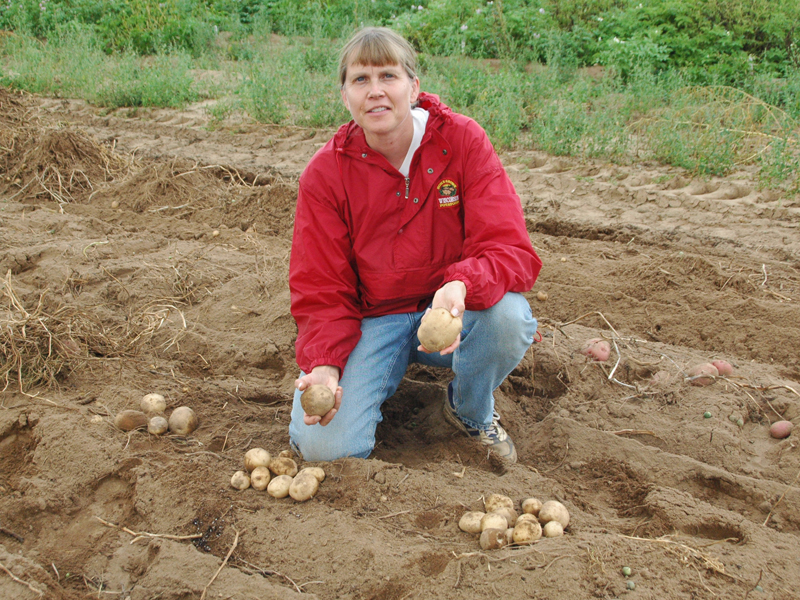Science News
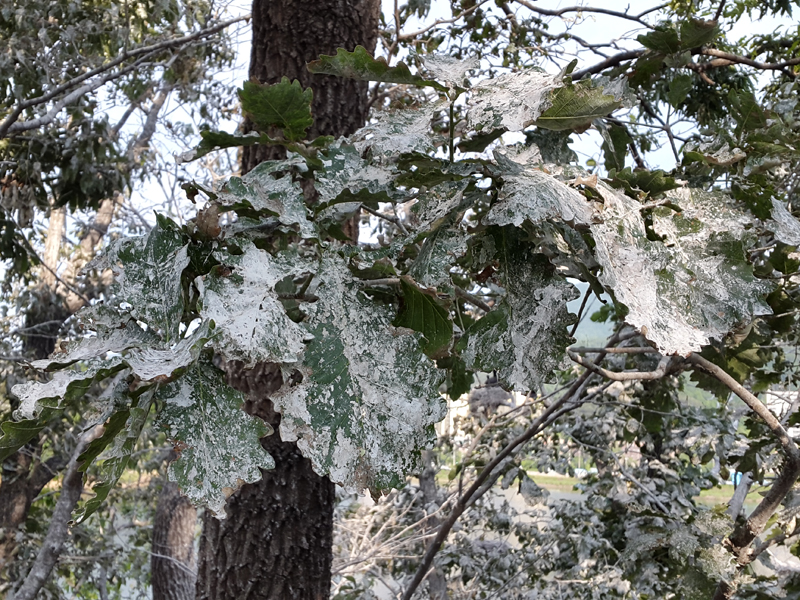
Studying the effects of great cormorant droppings on water reservoirs is a dirty job, but someone’s got to do it.
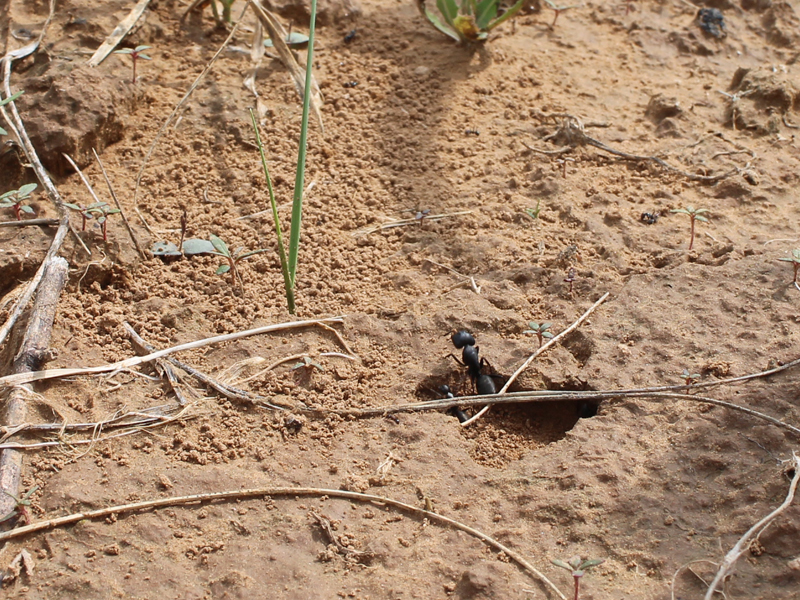
Ants can be annoying little insects. In your home, they make army-like lines to any crumbs on your floor. In your home’s frame, carpenter ants can do a job of eating away your walls. But what about outside? Do ants play a positive role in your yard? Your garden? What about in a farm field?
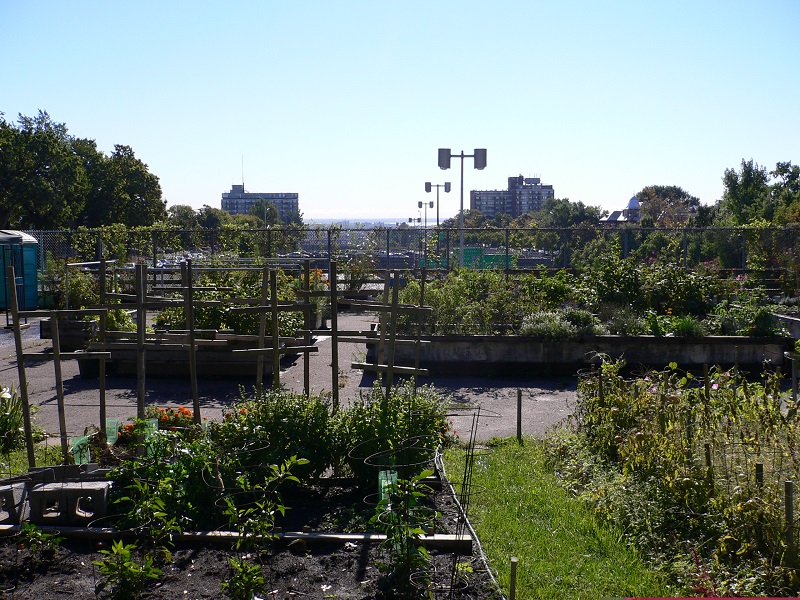
Montreal: Famous for its churches, carriage rides…and urban agriculture.
Yes, urban agriculture. Montrealers have cultivated not only a love for food, but also a love for food grown locally. The city’s growth in this field yields lessons for urban agriculture elsewhere.

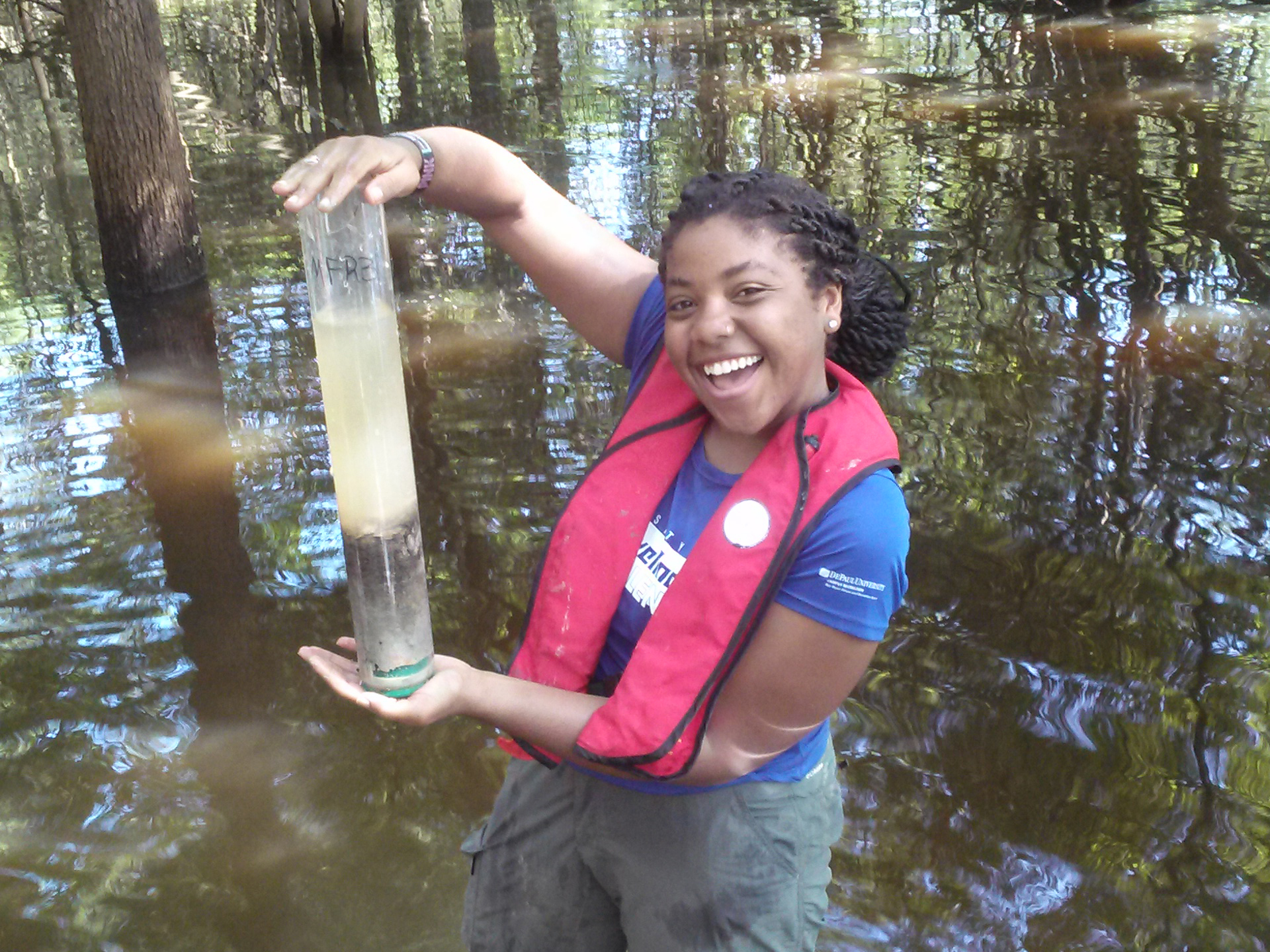
Huckleberry Finn wouldn’t recognize today’s lower Mississippi River. Massive walls separate the river from low-lying lands along the bank, an area called the floodplain. Floodplains were once the spillover zone for the river. As people settled in floodplains, the land was converted into farms, homes, and businesses. Close to 1,700 miles of walls, or levees, keep the lower Mississippi River in check.
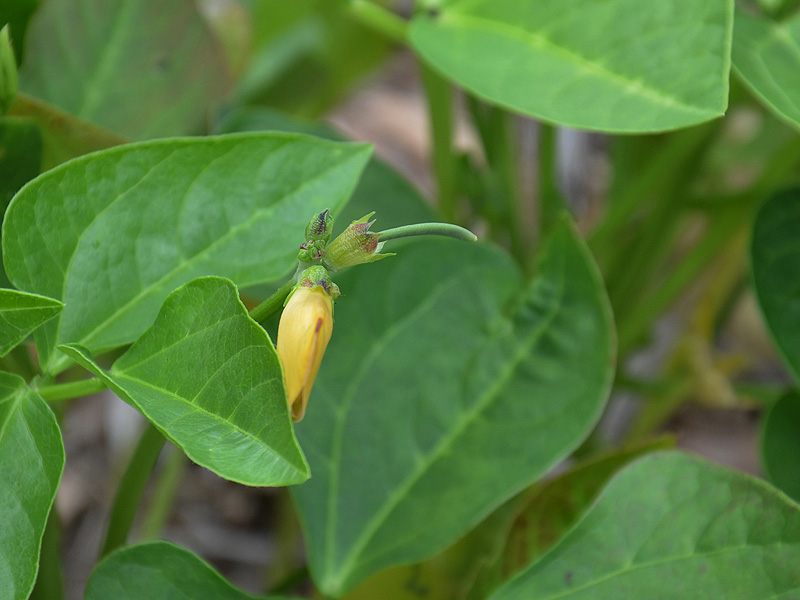
Available cropland, and the growing season, is limited. Strained soils are in need of rejuvenation. Water can be scarce. Yet the world’s nutritional needs continue to grow, along with its population.
 Enter the cowpea. A modest but versatile crop, cowpeas may provide an answer to demands on grower resources—and international appetites.
Enter the cowpea. A modest but versatile crop, cowpeas may provide an answer to demands on grower resources—and international appetites.
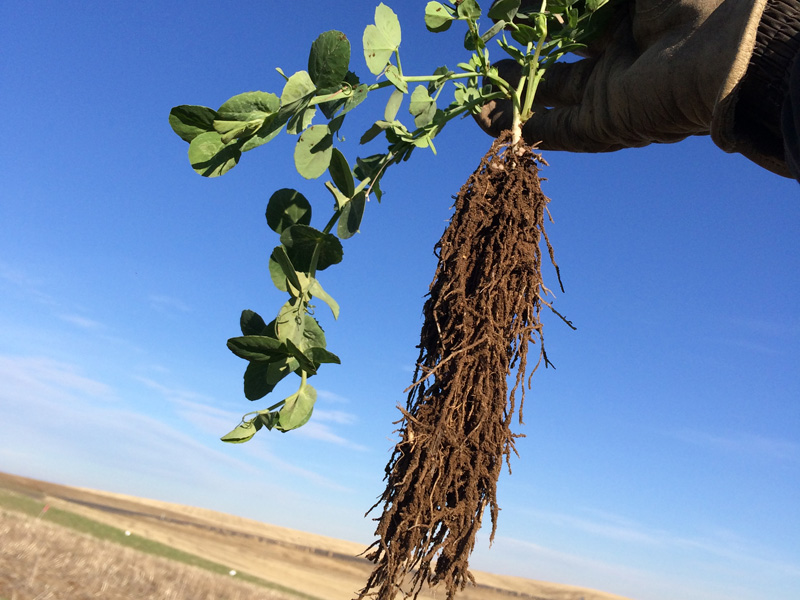
Growers always deal with precipitation amounts. Some get too much water. But for those in drought areas, scientists are working to create imaginative solutions that help the soil, have an economic return, and introduce a different crop – pulses.
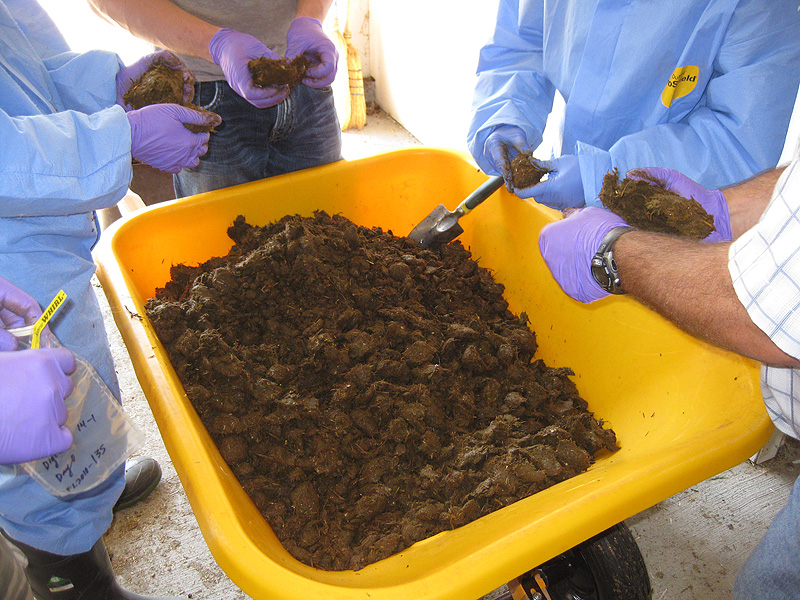
Antibiotics and manure. You probably don’t think of them at the same time. But across North America, manure and antibiotics often share the same pile.
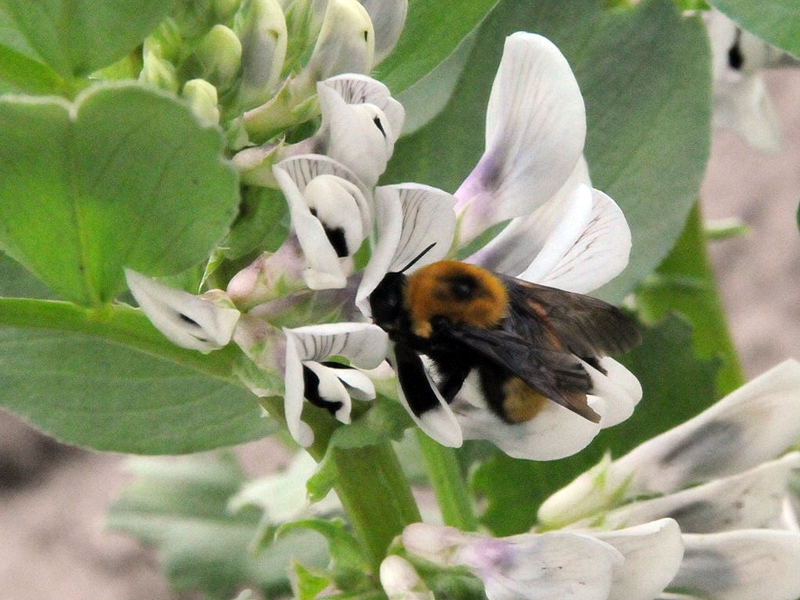
What bean has double the protein of wheat, triple that of rice, and also contains beneficial amino acids, B-vitamins, and micronutrients? The unassuming faba bean, of course.
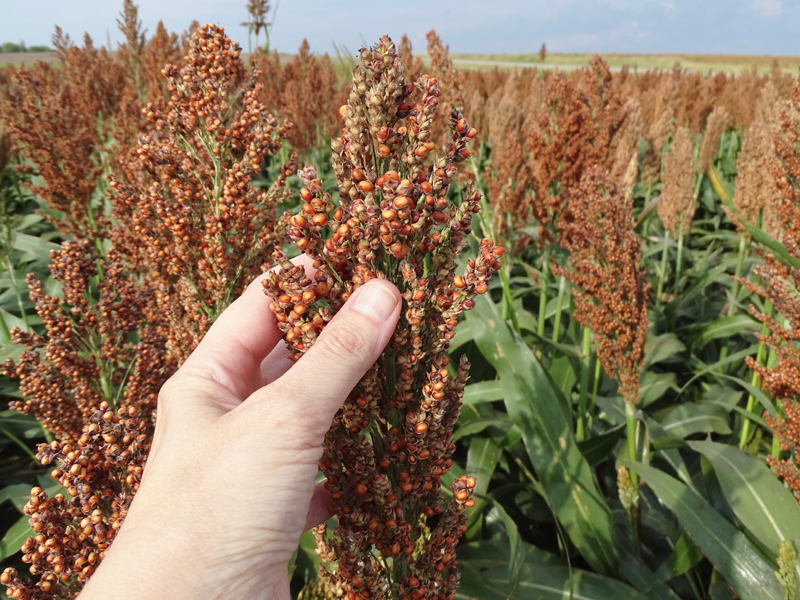
It’s an ancient grain that has been cultivated for thousands of years. Yet you may not even have heard of it.
Sorghum was first grown more than 6,000 years ago in northeastern Africa. Many varieties of this drought-resistant, hardy crop are cultivated in other tropical and temperate areas, including India, China, and Australia. Farmers in the southern plains of the United States have been growing this hardy cereal since the 1800s.

